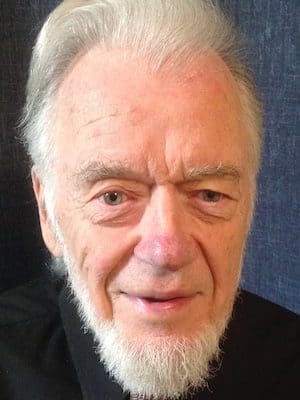It was Francis Scott Key, as most of you know, who penned the words to “The Star-Spangled Banner,” our national anthem.
What you may not know is that it was 80 years ago this week that Key’s composition officially became the national anthem.
Key (1779-1843) was a lawyer and amateur poet, and his poem written in 1814 was first titled “The Defence of Fort McHenry.” (It is interesting to note that the British spelling of defense was still used.)
During the War of 1812, which did not end until February 1815, Key watched the bombarding of the American forces at Fort McHenry during the Battle of Baltimore.
The next morning, Sept. 14, 1814, Key was able to see a large American flag still flying above the besieged fort. That was his inspiration for the poem.
(Key’s poem was set to the tune of a British drinking song, which was popular in the United States at the time.)
It was on March 3, 1931, then, that “The Star-Spangled Banner,” Key’s re-named poem, was made the national anthem by a congressional resolution and subsequently signed by President Herbert Hoover.
Although we don’t usually hear more than the first verse of the national anthem, all four verses end with the words about the flag flying “O’er the land of the free and the home of the brave.” Those are words that most Americans like, and for good reason.
At the time Key wrote those words, however, there was a large segment of the people living in the United States who were not free.
In 1810 there were more than one million slaves in the United States and more than 110,000 in Maryland, where Key wrote his famous words about the “land of the free.”
At that time in American history, women did not have complete political freedom either, as they did not have the right to vote.
And even though Key extolled the “land of the free,” it was more than a century later before women were free to vote.
Of course, by 1931 slavery had become a thing of the past (even though racism was still deeply embedded in the country) and women had gained the right to vote (only 10 years earlier).
But is this the land of the free now? Certainly, for most of us. But still there are problems.
The well-known words on the Statue of Liberty contain this appealing invitation, “Give me your tired, your poor, / Your huddled masses yearning to breathe free.”
Probably most of those who came to this country from Europe, as did many of our ancestors, came for economic freedom rather than for political or religious freedom. That was the case for the Neigers and the Abplanalps from Switzerland, my ancestors who most recently came to this country.
But now within our society there is considerable animosity toward people who recently came to this country for economic reasons – especially, of course, toward those who came “without papers.”
But that animosity extends even to their children who had no choice in the matter, as seen in the defeat of the Dream Act in the U.S. Senate last December.
The next time we sing about the land of the free, perhaps that should help us to be more sympathetic toward others who now want to enjoy the same freedom that so many of our ancestors came to this country to have.
Leroy Seat was a missionary to Japan from 1966-2004 and is both professor emeritus of Seinan Gakuin University and pastor emeritus of Fukuoka International Church. This column appeared previously on his blog.
A missionary to Japan from 1966-2004, he is both professor emeritus of Seinan Gakuin University and pastor emeritus of Fukuoka International Church.

